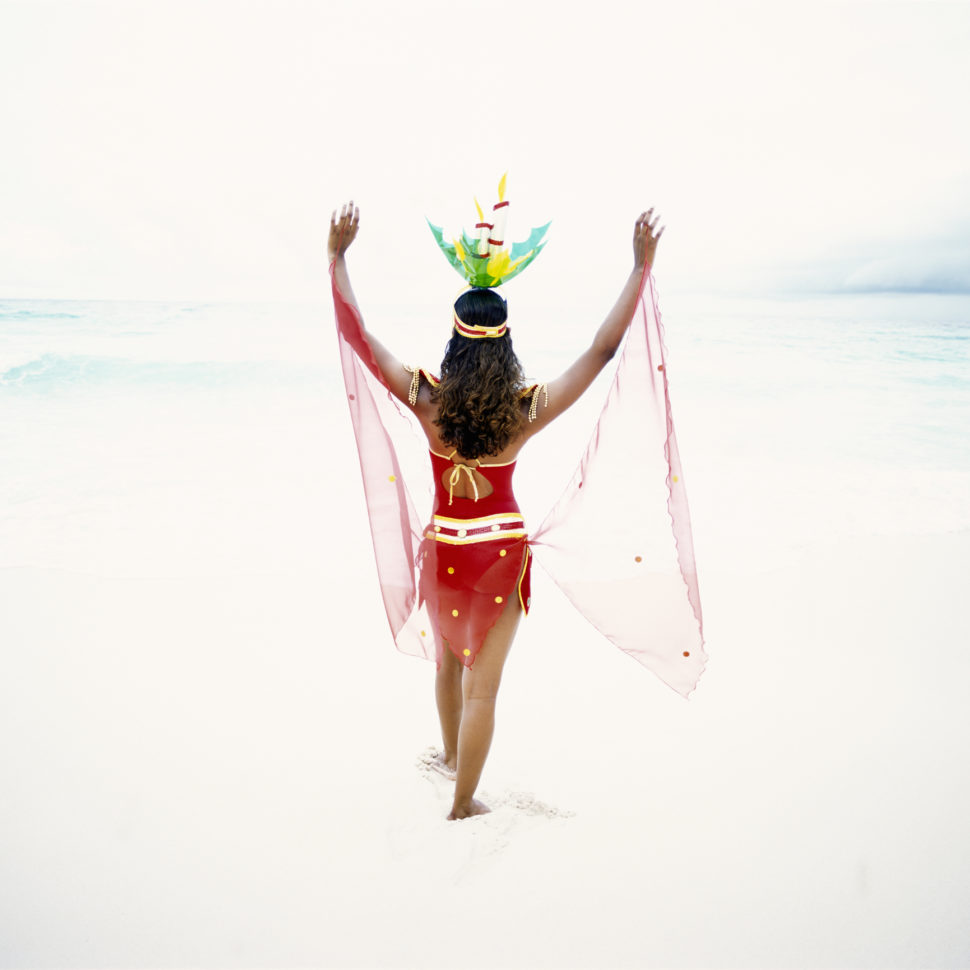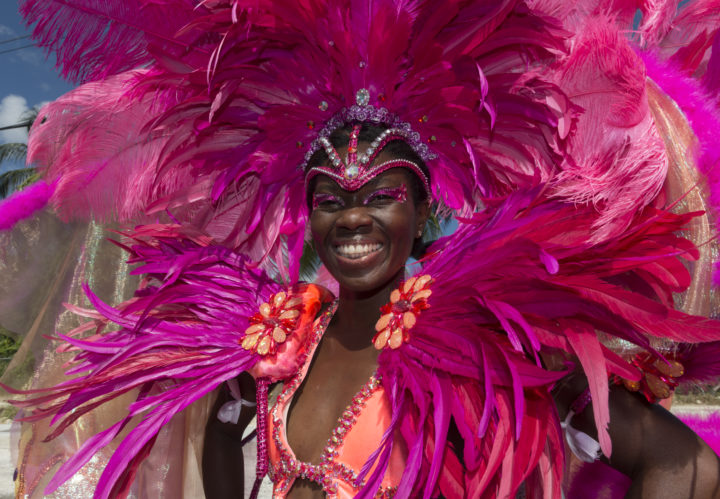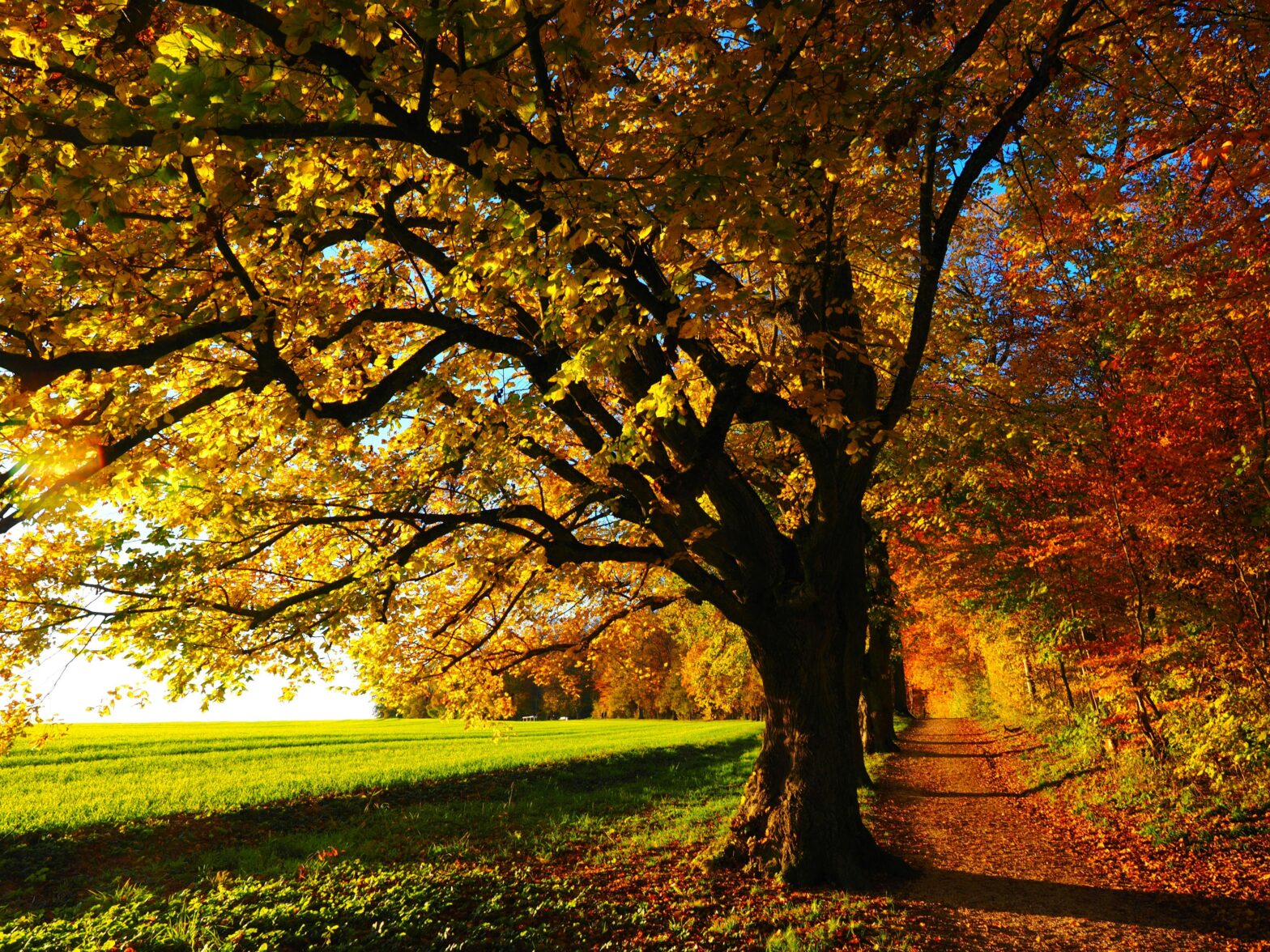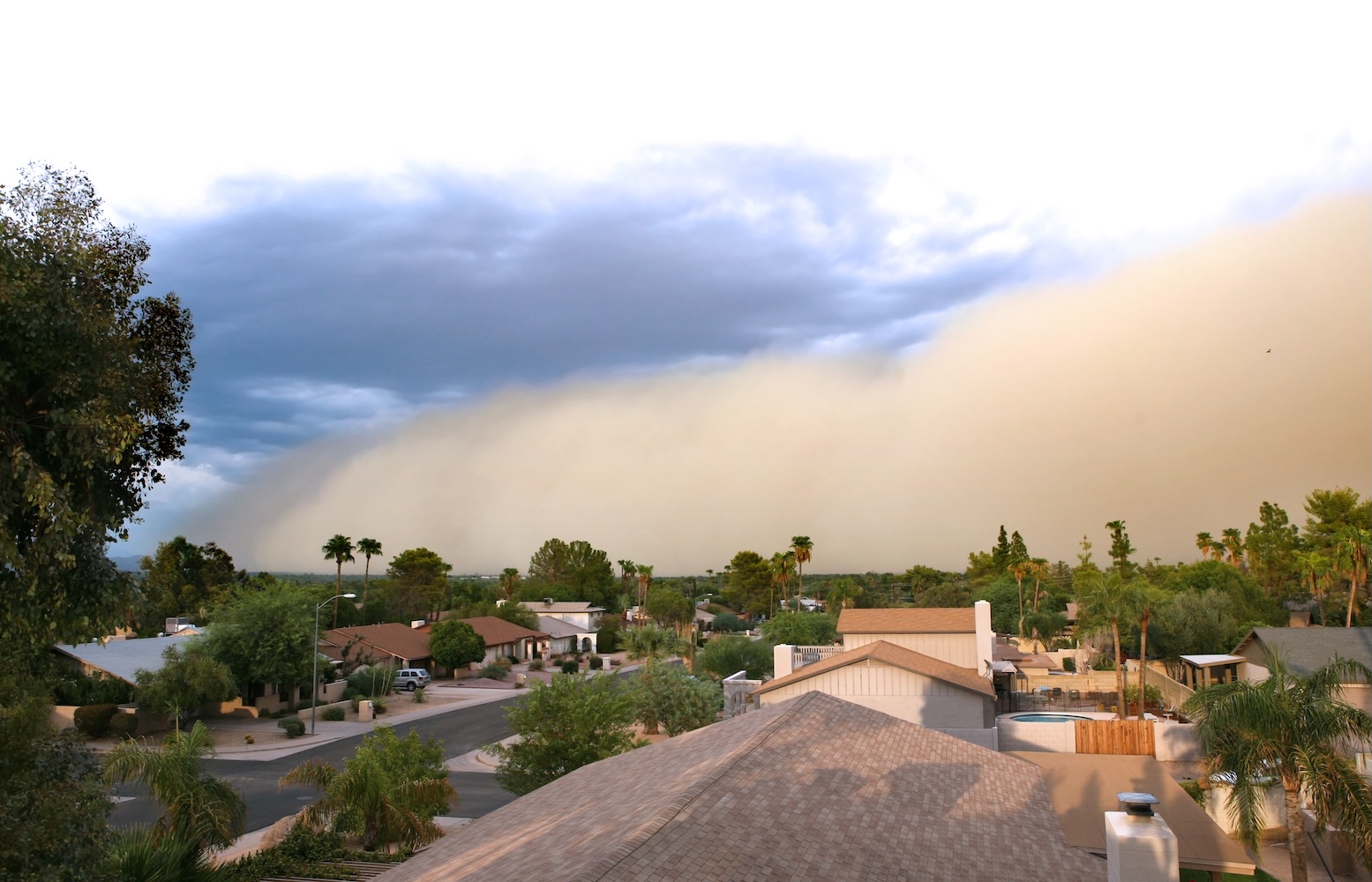Written by Sharine Taylor, Editor-in-Chief and Publisher of BASHY Magazine
Rihanna, who is often (and lovingly) referred to as “The Honorable Queen of the Caribbean,” frequently travels home to Barbados for the country’s annual Crop Over festival. Traditionally decked out in the colorful and exquisitely designed Aura costumes that she wears during the Grand Kadooment parade (her brother is the director of the Aura band), many people don’t know that the parade is simply the finale of the almost two to three-month-long celebration.
Historically, Crop Over’s origins were the product of two fused traditions during Barbados’ colonial period: the then enslaved Afro-Barbadians, who retained practices that honoured ancestors for allowing them to have a successful agrarian season prior to the transatlantic slave trade, in tandem with the traditions from Britain and the Anglican church’s Harvest Festival (formerly known as “Harvest Home”).
Though much of the early history of Crop Over can only be traced by journal accounts of plantation owners and people from Britain who had traveled overseas (it was formally recognized in 1697), planters and those who were enslaved had their own separate and individual plantation-based celebration. Though the way Crop Over is celebrated has changed over time, what’s remained is that it marks the ending and celebration of the sugarcane crop harvest. Revelers are to be mindful of the contributions Barbados ancestors made to allow the festival to happen.

Years ago, the celebrations included a woman in a white dress with a head tie decorated in colorful flowers, who wheeled the last of the season’s bearings into a mill yard, alongside workers who had the last loads of sugar cane with them. This marks the introduction of a traditional character comes in: the last of the carts was “Mr. Harding,” a figure made of cane waste stuffed into a coat and pants. The crowd of people circled the mill yard a few times carried by music, singing, and dancing — which is what is replicated when Grand Kadooment bands walk their route to Spring Garden. The parade’s finale was when Mr. Harding, a symbol of difficulties, was burned as a glimmer of hope to the rough times ending.
Though Crop Over has been celebrated for centuries, it’s frequently been disbanded: in 1945 as an effect of WWII and a declining sugar cane industry and was later revived in 1958. It was disbanded again in 1968, but in 1974, it returned thanks in part to the Barbados Tourism Authority and later taken over by the National Cultural Foundation, who manages the festival to date.
Crop Over season is when you can dive mouth first into some uniquely Barbadian food—roast pork, pudding and souse, and pone, being some select dishes—and experience the liveliness of Tuk Bands. The Tuk Band is usually comprised of bass and kettle drums and tin flute and is often accompanied with traditional characters, whose origins are thought to be rooted in ancestral worship. Some of them are “Mother Sally,” “Donkey Man,” “Stilt Man,” “Green Monkey,” and “Shaggy Bear.”
Like any centuries-long tradition, things change. Mr. Harding was ceased in the 80s and more monarchs, live music competitions, have been added to reflect the diversity of Bajan music, but the festival has been a meeting place for old and new traditions.
The prelude to Crop Over starts around April during the launches, where each band reveals their themes and the band’s sections reveal their costumes. Crop Over officially begins in June, and a variety of events take place that highlight the vibrancy and richness of Barbadian culture. All these events are updated annually on the official Crop Over calendar. With a variety of parties to choose from including Cohobblopot, art exhibitions, cultural events, the soca and calypso monarchs and the Foreday Morning Jump (an all-night street party with paint that takes place right until sunset), the celebration finally wraps up with the Grand Kadooment parade.
Grand Kadooment takes revelers throughout the streets of Barbados with their respective bands all the way down to Spring Gardens. The sounds of Bajan soca, as well as soca from other islands in the Caribbean, fill the air, while carnival chasers wukkup, wine and dance.
There’s no doubt you’ll get a true taste of Barbadian culture during Crop Over. What was once exclusively a celebration of the country’s agricultural labor has evolved into a premiere Caribbean event generating up to $80 million in revenue. If you ever get a chance to grace the 246, be sure to try macaroni pie, have plenty of Mount Gay Rum both on and off the road and attend the Oistins Fish Fry on Fridays. Have even more time on your hands? Don’t forget to fully enjoy the food, culture and the people of this beautiful island.





